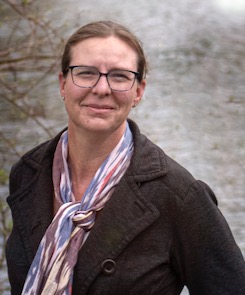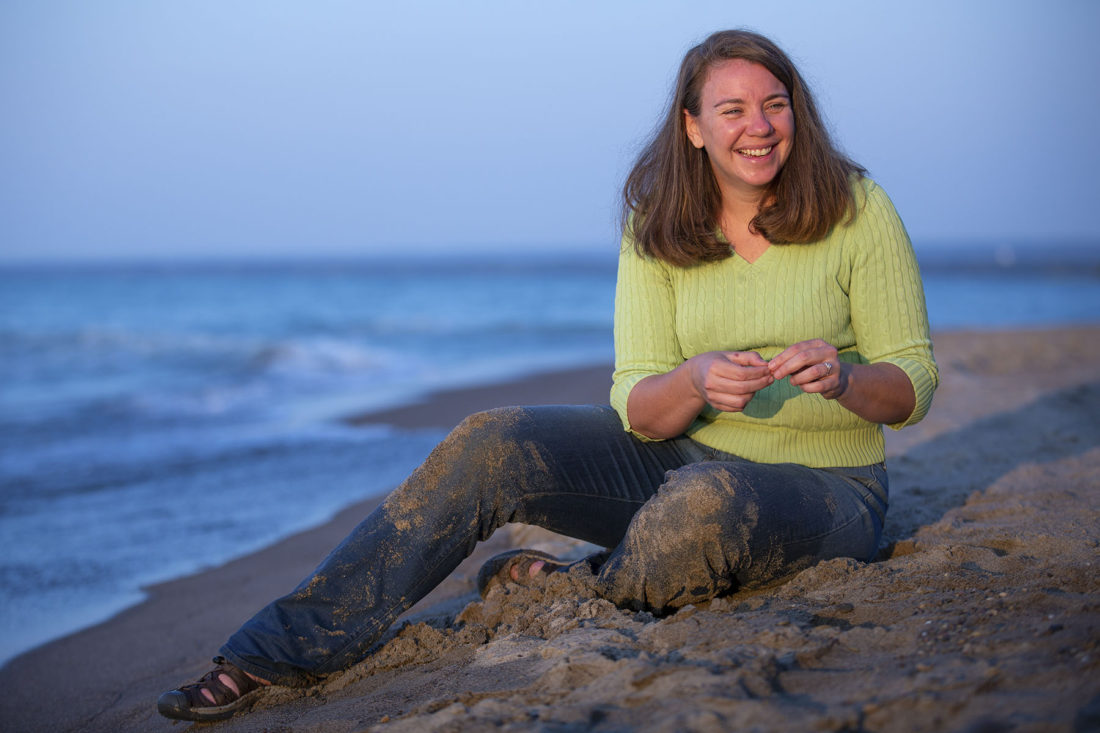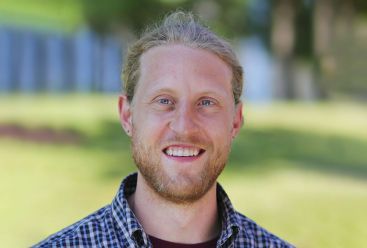Diane Burko, Pennsylvania research-based climate artist-activist
We recently sat down with Diane Burko, a Pennsylvania research-based climate artist-activist, to discuss art’s influence in communicating the climate crisis. Burko will visit Penn State’s University Park campus on October 2-3 as part of Penn State Sustainability’s “Sustainability Showcase Series.” On Wednesday, October 2, she and community members will participate in a roundtable discussion led by curator Joyce Robinson, assistant director of the Palmer Museum of Art. She will also give a public gallery lecture at the Palmer Museum of Art on Thursday, October 3, at 6 p.m. Burko’s work is currently featured at the Palmer as part of the inaugural exhibition MADE IN PA.
Burko’s research-based approach as an artist has taken her across the globe to several diverse landscapes impacted by the climate crisis. She has visited glaciers, coral reefs, and, more recently, the Amazon Rainforest, examining humankind’s impact on our world. She believes that visualizing climate change’s impact on the natural world helps the public understand the climate crisis.
This interview has been edited for length and clarity.
When did your interest in sustainability begin?
I always loved nature. I lived across the street in Brooklyn from the Brooklyn Botanical Gardens. As a young middle-class person from New York, my family always went to the Catskills for the summer. I found myself surrounded by nature, and I appreciated it. The expansive landscape, in particular, captivated me because I grew up in a city. I was really taken by the wide-open spaces and geological phenomenon I encountered when I went out west to the Grand Canyon in the 70’s.
Could you describe your career as a research-based climate artist-activist to those unfamiliar?
Because my career spans more than five decades, I have naturally evolved in my interests. I started as a landscape painter, and about 20 years ago, I changed my focus from landscape to the environment, realizing that the beautiful landscapes I was painting worldwide were becoming threatened. As an artist, a human being, and a member of this planet, I felt a responsibility to try to do something about it through my artistic practice. I started studying the ecological impacts of fossil fuels on our environment. Since then, I have been “bearing witness” to the threats posed by climate change.
What was your “light bulb” moment when you wanted to transition your art from landscapes to an environmental focus?
My “light bulb” moment happened in 2006 at that exhibition at the Michener Museum in Doylestown, PA. I was walking through my exhibition featuring volcanos and images of Iceland from recent investigations, and I focused on an earlier piece made in 1976 of the Swiss Alps. I considered how much my life had changed in the past 30 years and began to wonder if the snow on the Swiss Alps is still there today. The curator has included this piece in my current exhibition at the Palmer Museum of Art to reference my interest in ice at the beginning of my career.
In 2006, the issue of climate change was already in the air. Pieces of literature like Elizabeth Kolbert’s book Field Notes from a Catastrophe and Al Gore’s documentary Inconvenient Truth had already been released, igniting the climate crisis conversation. Climate change was in the air – I decided I had to do something.
What images appear in your mind when you think of the climate crisis?
What pops into most people’s heads, and certainly mine, is the melting of glaciers, which threatens polar bear habitats and raises sea levels. I’ve tried to dive deeply into this topic. I traveled to investigate the Arctic, Antarctic, Argentinian ice fields, and glaciers in New Zealand. Aside from bearing witness at these locations, I also met with scientists, researchers, climatologists, and glaciologists.
What has it been like for you to bring a sustainability focus on the climate crisis into the art world?
I wasn’t hitting people over the head with it as much as bringing them into the conversation by presenting paintings that they could enjoy aesthetically and then think about the implications. It was a subversive act, I suppose. The bigger idea was to have art accepted and presented to the greater world, the public. I was already a part of the art world. I discovered I could use the art world to further sustainability lessons and create environmental awareness.
How did you first get involved in working with these climate experts, and in what ways has working with climate scientists and environmentalists supplemented your work?
Working with scientists influenced my work by enriching my knowledge base. I’m a curious artist, as most artists are. When I started researching glaciers, I would find images of specific glaciers taken over a long period of time. I began to research where these images were coming from. Several were coming from the U.S. Geological Survey USGS. Other images came from the Ice and Snow Center in Boulder, Colorado. I decided to start reaching out to these agencies.
I got a call from Bruce Molnia, who works for USGS. Molnia, a geology professor, explained that what I was looking at was ‘repeat photography.’ I had never heard that term before, and he actually schooled me on the whole process. They chart the profile of a glacier over time and go back to the very same site to photograph it year after year. They have decades of archival images. He started sending me these images, and that sort of got me on my way.
I found that scientists, like artists, never had a problem reaching out. They’re responsive to us because we can articulate to the public what they are studying in a more digestible language than charts and statistical data. Over the years, I’ve worked with several researchers to present at scientific conferences on how art can communicate science.
Your work Unprecedented is on display at the MADE IN PA exhibition at the Palmer Museum of Art; how would you explain this piece to those unfamiliar with your work?
The painting was created as a response to the COVID-19 global pandemic. As artists always do, I gradually responded to the reality of the situation around me. In my lecture, I will show an example of a painting from every month of 2020 leading up to that work. I began working on it in August and continued through December of that year.
Unprecedented is a mixed media, quite abstract painting with several metamorphic references. I quoted a graph from a New York Times article in December of that year within the painting. There’s even an indication of my growing interest in the Amazon in the painting; one small green circle references it. The other references are fires. Fires were raging in 2020 throughout Australia and our West Coast, and there was a horrendous heatwave throughout Europe.
The COVID pandemic was another way to become aware that “we are all in this together.” Whether it is climate change or COVID, we have to work together. We all are a part of planet Earth. Climate change has its environmental and human ramifications. I think the more we understand that, the more chances we have of surviving.
What advice would you give to individuals who want to make an impact as an advocate for the earth in today’s world?
I think you have to find your own voice. It could be through economics, data collection, or learning about biodiversity. Curiosity is the driving force behind educational problem-solving. If you’re curious, you have to follow your interests. They might not be aesthetic, and you may not want to make art. It can be through any avenue. Regardless, the key is to keep studying. Find out what you’re interested in and learn more. Always be open to learning because learning never ends.






